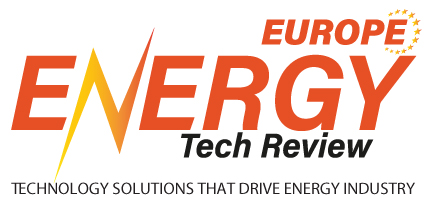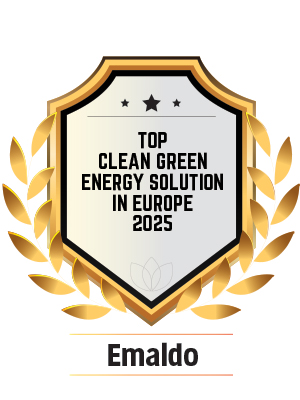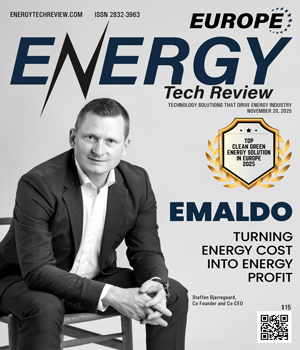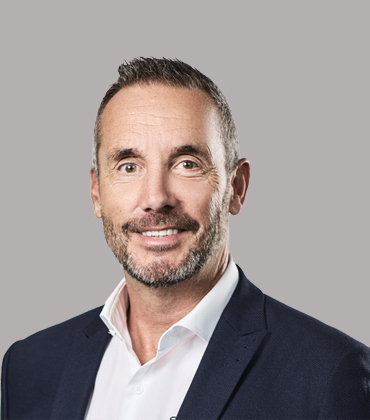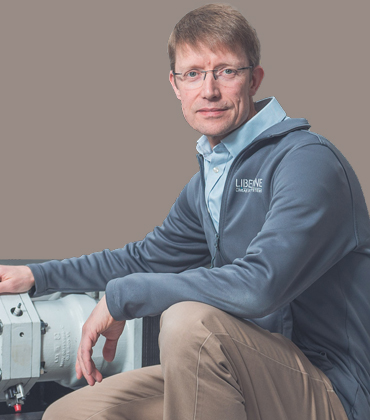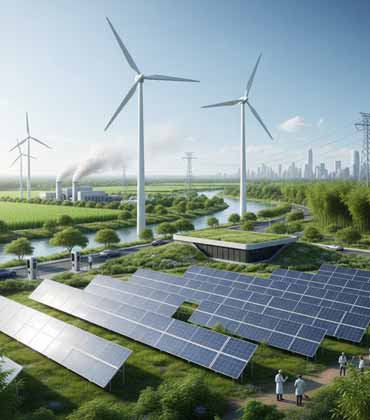From the outside, Emaldo might look like another cleantech company with smart batteries and sleek apps. But a closer look tells a different story. Over the years, it has evolved into a company that blends engineering precision with a distinctly Scandinavian sense of responsibility and user-centric simplicity. Headquartered in the quiet town of Ølstykke, Denmark, Emaldo is not simply helping people to participate in the Net Zero journey and maximise their solar energy. It’s helping them make money from it. In just a few years since its founding in 2022, Emaldo has grown into one of the most talked-about names in home and business energy management across Northern Europe. The company’s technology has spread across Denmark, Sweden, Finland, the Netherlands, and the Czech Republic, connecting thousands of systems into what co-founder and co-CEO Steffen Bjerregaard calls “a living network of energy independence.” That independence is more than a marketing phrase. It represents a fundamental shift in how people think about their power: when to use it, when to store it, and now, when and how to earn from it. A Battery That Does More Than Store Power The core of Emaldo’s appeal is its ability to make renewable energy work harder. For homeowners who either want to, or have already invested in solar panels, the company’s AI-integrated battery system adds a layer of intelligence that turns stored energy into a financial asset. Most household battery setups allow users to store solar energy generated during the day and use it at during the hours when energy from the grid is the most expensive (typically in the mornings and afternoons), reducing their energy bills. But Emaldo goes a step further. Its systems can connect to national grid-balancing programs that pay customers for providing capacity and/or energy to help stabilize the electricity network. It’s a simple idea, but extremely complex to execute. Since the second quarter of 2024, when the Emaldo Grid Rewards programme got underway, the company has paid out more than €10 million to customers so far. With the acquisition of Swedish tech firm CheckWatt, that number continues to climb, with around €2 million paid out every month. These payments are a tangible return on investment that customers receive directly into their bank account. “People don’t just want to feel good about going green. They want it to make sense for their wallet,” says Bjerregaard. “Our mission is to make sure that it does.”
Top Solar Powered Yacht Solution in Europe 2025
The sustainability wave is carrying the luxury yachting world into a smarter, cleaner era. At the centre of that movement is Silent Yachts, which has turned the once-unthinkable concept of fully solar-electric yachting into reality. Its purpose-built electric propulsion proves that comfort and conscience can indeed share the same course. “Just as people associate Tesla with the EV revolution, Silent Yachts represents that same breakthrough for the marine world,” says Steve Bell, chairman of the board. “Our systems were designed from the ground up for electric propulsion, and that’s what makes the experience seamless.” With more than two dozen solar-electric yachts already in the water from the Mediterranean to the Caribbean, the green yachting pioneers are demonstrating that full solar propulsion works reliably at scale. This is redefining modern yacht ownership. For motor-yacht owners tired of fuel-heavy cruising and sailors seeking the ease of power without the complexity of rigging, it offers the best of both worlds. Each voyage unfolds without fumes, vibrations or emissions, while delivering savings of up to $4,000 per week on fuel. An Eye for the Finest Details As a semi-custom yacht manufacturer, the company designs each vessel around how its owners actually live, whether that means reimagining interior layouts, selecting region-specific appliances or engineering systems that transition seamlessly between cruising grounds. One owner, for instance, spends summers in the Mediterranean before shipping his yacht to the Caribbean for winter. His vessel operates effortlessly on both 110-volt and 220-volt systems, switching power standards as smoothly as it crosses oceans..
Linear Generator Product Development Company
As the world adopts more solar and wind power, there’s an increasing need for clean, on-demand electricity from renewable sources. Global electricity demand is expected to double by 2050. This surge is due to several factors: the shift from fossil fuels to electric vehicles and heating systems, the dramatic increase in energy needs of data centers running AI models and services, and continued economic growth in many areas. This surge in demand, coupled with a surge in intermittent renewable electricity supply, has prompted energy companies and engine makers to explore novel technologies for decentralized, dispatchable power generation to better complement intermittent renewables and battery energy storage solutions. For power generation to be ‘dispatchable’ it must be controllable in response to the imbalance between other sources of intermittent supply, and the electrical power demands that must be served. As the share of intermittent renewables grows there will be periods of hours or days when little dispatchable power is required. And yet there will be some periods of days or weeks when dispatchable power will be required to keep the lights on, and to keep society running. While batteries can supply dispatchable power for several hours, renewable fuels are a more cost-effective solution for storing energy over longer periods until it is needed.
CXO INSIGHTS

H2-Solution for the Heating Market?
Dr. Arnt Baer, Head of Policy and Associations, GELSENWASSER AG
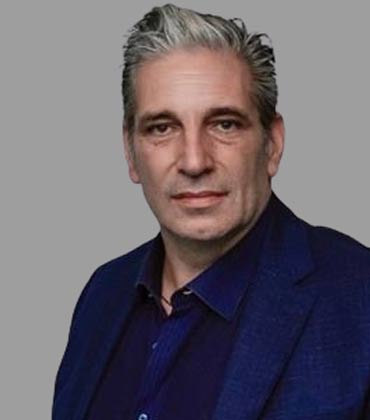
Energy Transition in the Developing World and the Role of Power Distribution Grids
Gino Celentano, Head of Infrastructure and Networks Brazil, Enel Brasil

Delphy Underground Storage System: The Right Fit for Green Hydrogen Market Needs
Vincent Designolle, Director of Delphy Hydrogen Storage, Vallourec

It's on People: The Undeniable Cultural Impact in a Digital Transformation/Transition
Nuno Pedras, CIO & Digital Officer / Head of Commercial Digital Operations & Analytics, Galp

Leading the Low-Carbon Transition in Energy
Marcos Matijasevich, Head of Low Carbon Transition, Essar Oil (UK) Limited
IN FOCUS
Solar-Powered Yachts as the Pinnacle of Conscious Design
The rise of solar-powered yachts redefines luxury, emphasising sustainability and innovative design, aligning modern owners with environmental consciousness while providing opulent, emission-free experiences at sea.
Europe's Clean Energy Market Comes of Age
Europe is rapidly transforming into a decarbonised energy system, with clean energy becoming a cornerstone of its economy, driving significant market growth and investment.
EDITORIAL
Clean Power, Calm Waters: Europe's 2025 Story
Europe’s clean energy transition in 2025 and the rise of solar powered yachts reflect the same underlying shift. Electrification is spreading across sectors, renewables continue to grow and advances in storage are bringing stability to systems that rely on variable generation. Policy incentives now reward low emission operation on land and at sea, guiding capital towards solutions that make clean power dependable. As grids absorb more solar and wind, investment is moving towards storage, flexible demand and smarter integration. A similar pattern is emerging on the water, where efficient solar panels and improved batteries support quiet cruising and lower operating costs. EU frameworks such as Fit for 55 and REPowerEU keep 2030 goals in sight, even as grid congestion and softer rooftop demand push developers to prioritise more resilient, higher quality projects. Utility scale solar combined with storage is gaining momentum because it stabilises capture prices and improves dispatchability. This hybrid logic increasingly shapes yacht design. Solar arrays feed dense lithium packs managed by intelligent software, extending range and reducing generator reliance while meeting stricter port emissions rules and consumer expectations for quieter experiences. Capital and technology flows connect these developments. Europe’s growing storage build out through 2029 is creating supply chains, integrators and standards that influence maritime electrification, from battery modules and BMS software to safety norms and financing structures. Shipyards and marine suppliers are adopting lessons from grid scale and EV markets, while marinas begin planning higher capacity charging that draws on local solar and grid services. Challenges also align, including high interest rates, interconnection delays, premium pricing and uneven infrastructure. Both sectors turn to the same toolbox of better batteries, smarter software and targeted policy to accelerate adoption. In this edition, we highlight several influential companies and leaders. Among them is Latif Faiyaz, Head of Energy Trading & Strategy, Northern Gas and Power, and João Amaral, Chief Technology Officer, & Country Manager, Portugal Voltalia. Their perspectives illuminate today’s market pressures and the opportunities ahead, offering insights that can support stronger business decisions.
